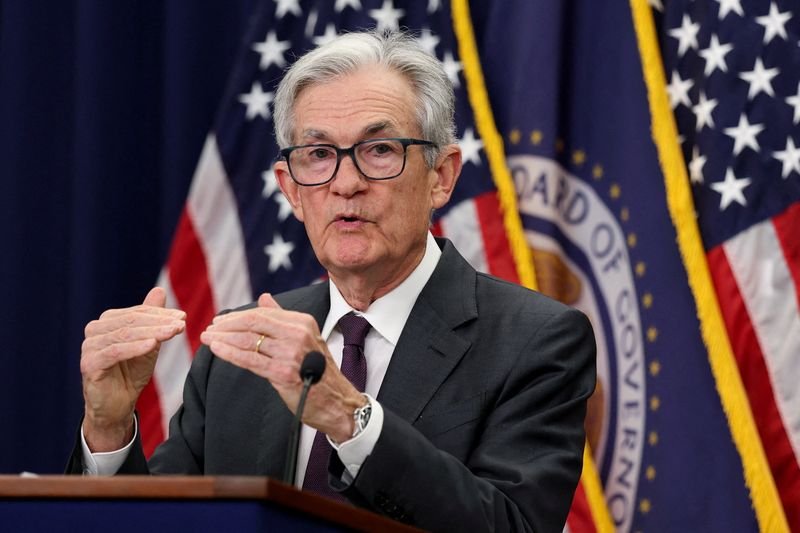Federal Reserve’s Focus: Interest Rates and Economic Policy
The Federal Reserve’s recent discussions highlight its ongoing approach to managing interest rates as part of its economic policy strategies. Amid prevailing uncertainties, Chair Jerome Powell emphasized that the Fed’s primary goal is to ensure stable inflation while fostering maximum employment. This alignment drives their decision-making processes, keeping the broader economic landscape in mind.
Interest Rates Remain a Central Concern
In light of various economic indicators, the Federal Reserve continues to reevaluate its stance on interest rates. Rising inflation has become a significant topic, leading to discussions about appropriate measures to mitigate its impact. The Fed is focused on adjusting rates to support sustainable economic growth and stabilize prices, aiming to prevent inflation from spiraling out of control.
Economic Growth and Employment
The balance between fostering economic growth and maintaining low inflation is delicate. The Federal Reserve acknowledges that interest rate adjustments can have a direct impact on both consumer spending and overall economic activity. Through careful consideration of employment figures and GDP growth, the Fed tailors its strategies to promote a robust job market while ensuring inflation remains in check.
Global Economic Factors
External factors, such as international trade dynamics and geopolitical tensions, also play a role in shaping the Federal Reserve’s outlook. Trends in global markets can influence domestic economic conditions, prompting the Fed to remain vigilant and responsive. As such, the Fed continuously monitors these global developments, integrating them into its policy deliberations.
Inflation Trends
One of the Fed’s key priorities is managing inflation rates. The current economic environment has shown signs of rising prices across various sectors. Addressing inflation effectively requires the Fed to be proactive in adjusting interest rates, allowing for better control over purchasing power and sustaining consumer confidence.
The Role of the Federal Open Market Committee
The Federal Open Market Committee (FOMC) is essential in guiding the Federal Reserve’s monetary policy. Meetings held by the FOMC serve as a platform for discussing economic conditions, setting interest rates, and mapping out future expectations. These discussions are invaluable as they shape the broader economic framework for businesses and consumers alike.
Public Expectations and Market Reactions
Market participants closely watch the Federal Reserve’s moves, as interest rate changes can have immediate implications for stock markets, bonds, and overall economic sentiment. Public expectations surrounding interest rates can significantly impact consumer behavior, investment decisions, and market volatility. The Fed aims to manage these expectations by communicating clearly about its intentions and future policy directions.
Challenges Ahead
Despite the Fed’s efforts, challenges in the economy persist. Fluctuations in energy prices, supply chain disruptions, and labor market shifts pose ongoing challenges for effective policy-making. The Fed is tasked with navigating these complexities while striving to maintain stability in both inflation and employment rates.
Adjusting Policy Tools
To combat the shifting economic landscape, the Federal Reserve may employ various policy tools. Besides interest rate adjustments, these can include asset purchases and forward guidance aimed at influencing economic activity. The Fed is committed to using its toolkit effectively to support economic recovery and growth.
Conclusion
As the Federal Reserve continues to assess its interest rate policies, the interplay between inflation control and economic growth remains a focal point. With a keen eye on domestic and global developments, the Fed seeks to navigate the intricacies of the economy, ensuring a balanced approach to monetary policy that fosters long-term stability and prosperity.
